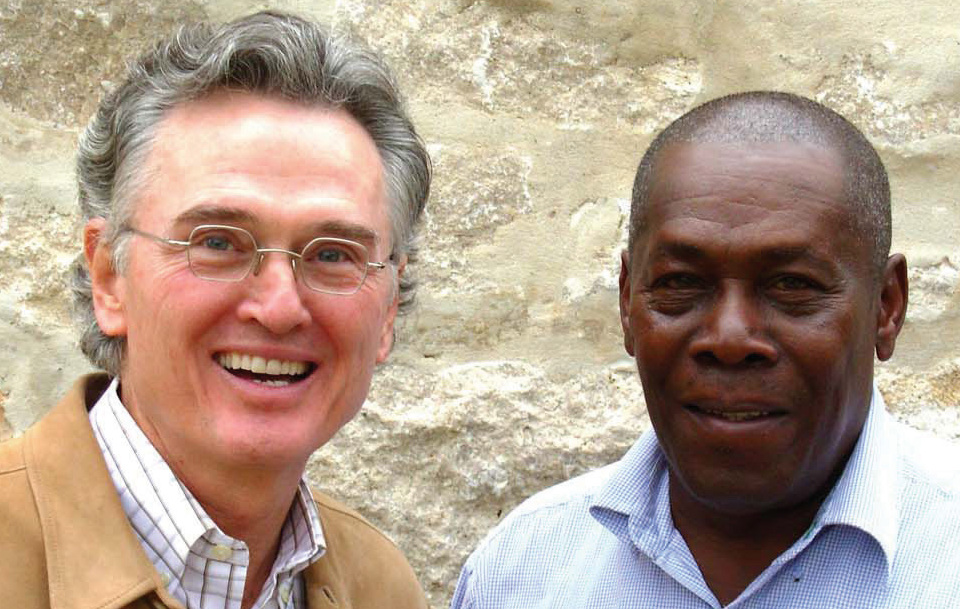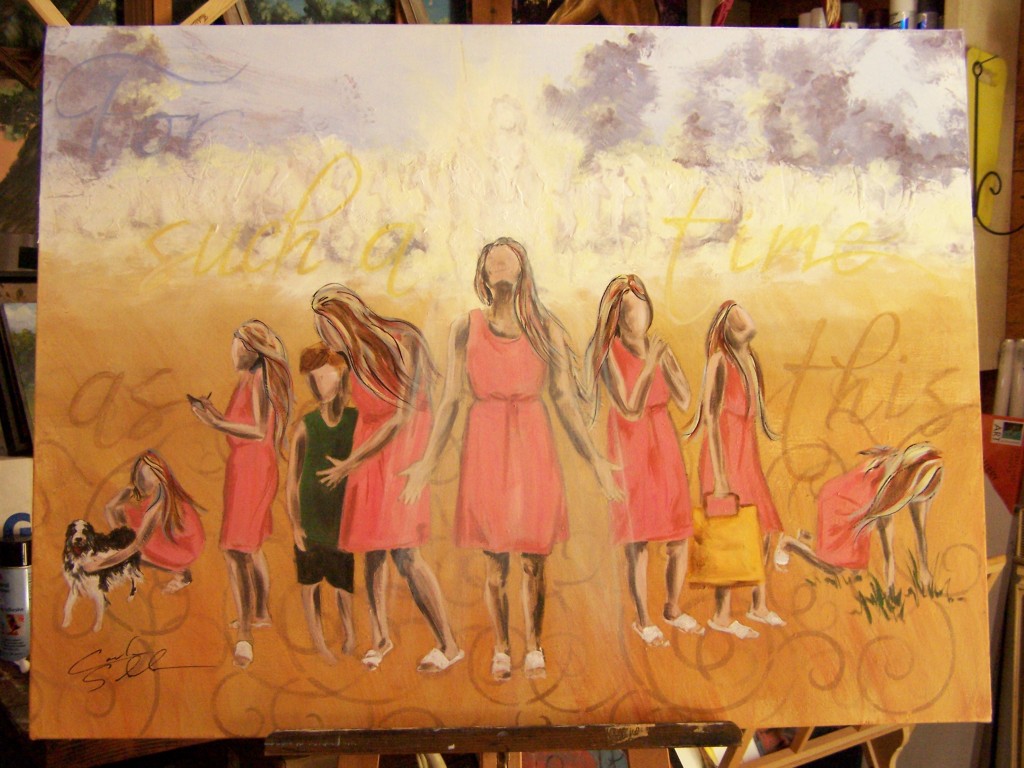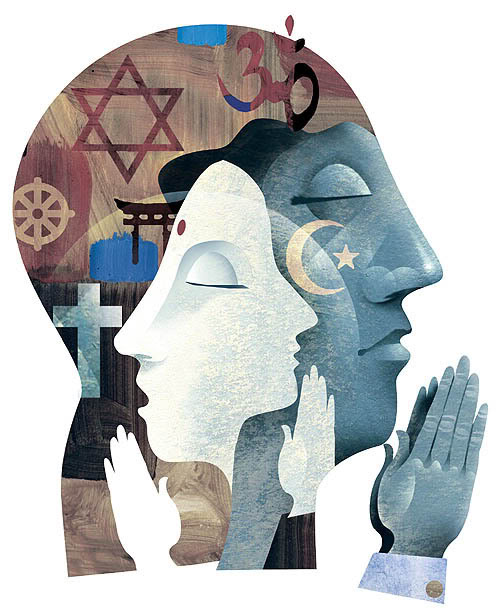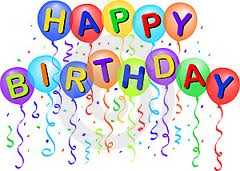“Nurse’s Song”
by William Blake
When the voices of children are heard on the green,
And whisperings are in the dale,
The days of my youth rise fresh in my mind
My face turns green and pale.
Then come home, my children, the sun is gone down,
And the dews of night arise;
Your spring and your day are wasted in play,
And your winter and night in disguise.
Reclining naked and content in a bathtub at a mineral spa somewhere near Santa Fe, my bliss is interrupted by piercing screams of someone in distress. Reluctantly, I ease out of the warm water and slosh my way through the maze of rooms in the adobe building to investigate. In one dark corner, a frail Indian woman, surrounded by three frantic attendants, struggles in a state of panic. The combination of warm water, weakness, and fear of fallinghave rendered her unable to lift herself from the deep tub. Without a thought to our mutual nakedness, I step into the bath, lift my elderly sister to safety, and continue on my way. It’s the natural thing to do. I’m a nurse. And naked or not, a nurse is always a nurse.
I chose a career in nursing at the age of twenty, unmoved by a sense of altruism or strong calling to minister to the sick and wholly unprepared for the implications of my decision. Ever curious about the human body (although not always in a purely scientific way) and swayed by images gleaned from teen novels and popular medical television shows of the day, I craved knowledge and adventure. As the Age of Aquarius dawned and science took center stage, nursing seemed on the cutting edge. Medicine held a vague promise of access to a special kind of knowledge of things not generally known. This aspect had both frightened and intrigued me since childhood.
Nursing in the ’70s stood at the confluence of two important social phenomena: the emerging women’s equal rights movement, and expanding medical technology. As nurses shed their crisp uniforms and Dixie-cup-like hats in favor of pantsuits and colored smocks, the disturbing image of the nurse as the doctor’s handmaiden also seemed to be moving toward obsolescence. And yet, women still had a long way to go toward equality in the workplace. The focus of nursing practice at this time remained on patient comfort, safety, and hygiene à la Florence Nightingale, but advances in medicine had begun adding layer upon layer of complexity to an ever-expanding job description. Burgeoning responsibilities along with the less rapid development of social capital for women resulted in an immense work load for the almost exclusively female nursing staff. Overburdened and underpowered, nurses carried a horrendous load of patient care that in today’s American hospital is shared by any number of specialists: respiratory technicians, pharmacy aides, phlebotomists, and the like. Memories of that time and the stress it produced still haunt me in anxious dreams.
But this story is about more than my life and times as a hospital nurse. It’s more than horror tales from the front lines of sick wards, or a historical rendition of changes in nursing practice. It’s a personal account of this nurse’s plunge from a mostly happy childhood in the ’50s and ’60s into the world of human suffering. It’s a story about the heavy questions that plagued me throughout most of my adult life—the problem of pain and the very human need to search for answers and meaning in suffering. It’s the tale of my experiences, many teachers, and decades-long quest to find some peace.
Chronicled in these pages is a lifetime of tiny epiphanies, morphed together like pixels in a Magic Eye book to reveal the panorama of a journey that began in earnest with a single moment at the bedside of a paralyzed girl, and took me to answers I never imagined.
When I look back to my early years as a nurse, I see a naïve young woman, dressed in a too-short white uniform dress scurrying about to care for an unbelievable number of seriously ill people. She’s strong, energetic, and eager to please, but on some level way out of her league. Her strength, resiliency, and organizational skills mask an artistic nature and a deeper sensitivity, stifled and never given its due. Medical tasks become her shield and armor as she pushes through, moving quickly, quietly, and unrecognized, past the suffering and pain, swallowing hard and stuffing it. Innocence died. As I write these words, I recall the insight of author Ann Lamott as she describes the students from her writing classes in her book Bird by Bird: Some Instruction on the Writing Life: And over and over her students told her: “I will not be silenced again.” Ann write: “They were good children who often felt invisible and who saw some awful stuff.”
Many people experience life this way but never give voice to the pain and serious questions that come in sufferings wake, until circumstances force a confrontation. Then the horrid awful rises from the deep, visible, loud, and feeling anything but good. It cries out for answers. What does it all mean?
Tears of grief, forgotten anger, regret and sometimes joy, stain each page, as personal images of people and situations long submerged in the annals of memory come back in vivid color. These stories have returned again and again over the years, bobbling to the surface at unexpected times, forcing me to face what they have to say. Says Frederick Nietzsche: “For man can not learn to forget, but hangs on the past; however far or fast he runs, that chain runs with him.”
At times I’m William Blake’s nurse, the cynic, standing at the window, feeling the weight of that chain, knowing the darkness and resenting the light. Other times I embrace the heft and breadth of suffering with hope, to view it with hard-won trust, however fragile, in its ultimate redemption.
As I lay bare the scenes that comprise the collage that is my life, I hope to tell a nurse’s tale. To face the problem of pain and its inequitable nature and help the reader see some light in the sadness that so often pervades this life on earth –a light that darkness can not overcome.
In the process, naked or not, I have become a writer.










